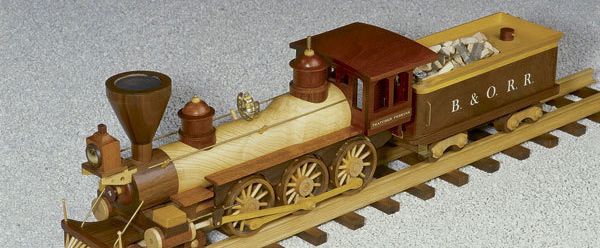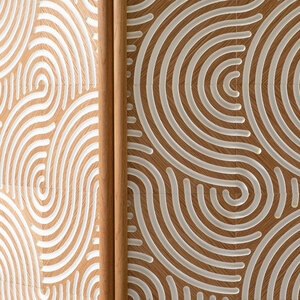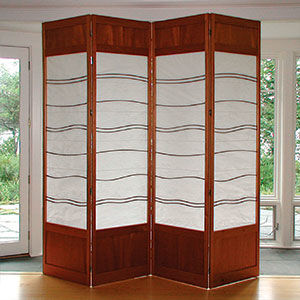A Short History of Wood Accessories

Anything that can be made from wood, but does not fit into a defined furniture category, falls into this catchall we call “accessories.” Since Fine Woodworking magazine was founded in 1975, its pages have featured wood versions of just about anything you can think of, from briefcases and bicycles to wall sconces and walking sticks. It is difficult to detail the history of this diversity of objects except to note that if it can be made from wood, it probably has been at one time or another.
Screens have long been a product of woodworking. Although what they have been used to screen has changed throughout the centuries. Early screens were doubtless employed as protection against the cold and draughts of doorless castles. Medieval and Tudor screens on the other hand were typically used to afford protection from the huge fires that blazed in palaces and other noble houses. American Colonial screens — used also as fire screens — were more modest pieces. Contemporary screens tend to be larger, often consisting of several connected but folding panels, used to provide privacy.
Various types of lighting are popular projects in woodworking. Frank Lloyd Wright designed a series of desk and table lights that exemplified his noted design styles. And designers in the Arts and Crafts style also have used lighting as an outlet for woodworking, with their tasteful sconces and chandeliers.
Other woodworking projects that fall into the accessories category include game boards for chess or cribbage; serving trays; spinning wheels for turning wool into yarn; puzzles, walking sticks (which range from the gnarled stick to the hand-carved or turned creation); sleighs and watercrafts; cutting boards; and even briefcases.
Fine Woodworking Recommended Products

Suizan Japanese Pull Saw





















Log in or create an account to post a comment.
Sign up Log in